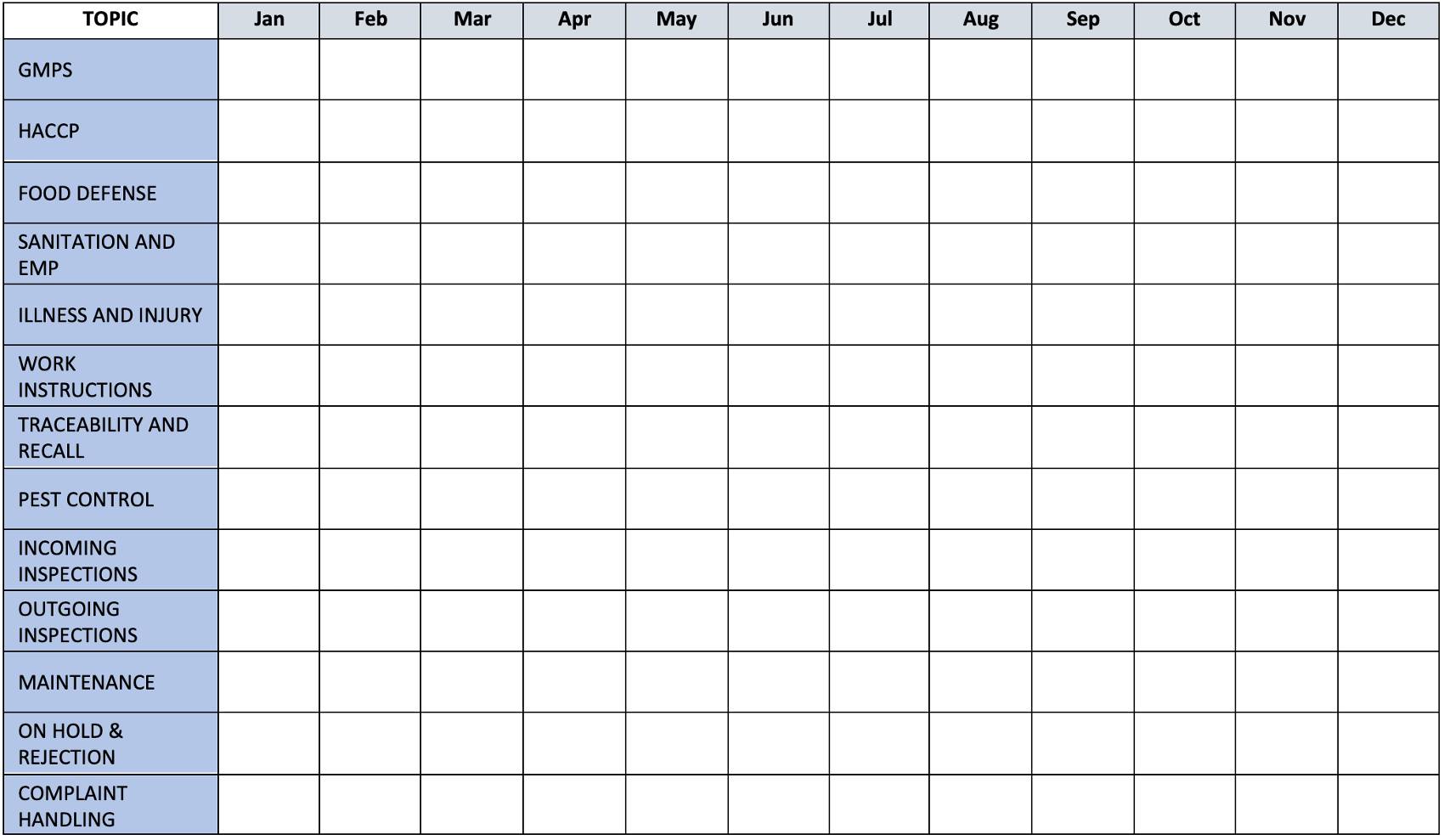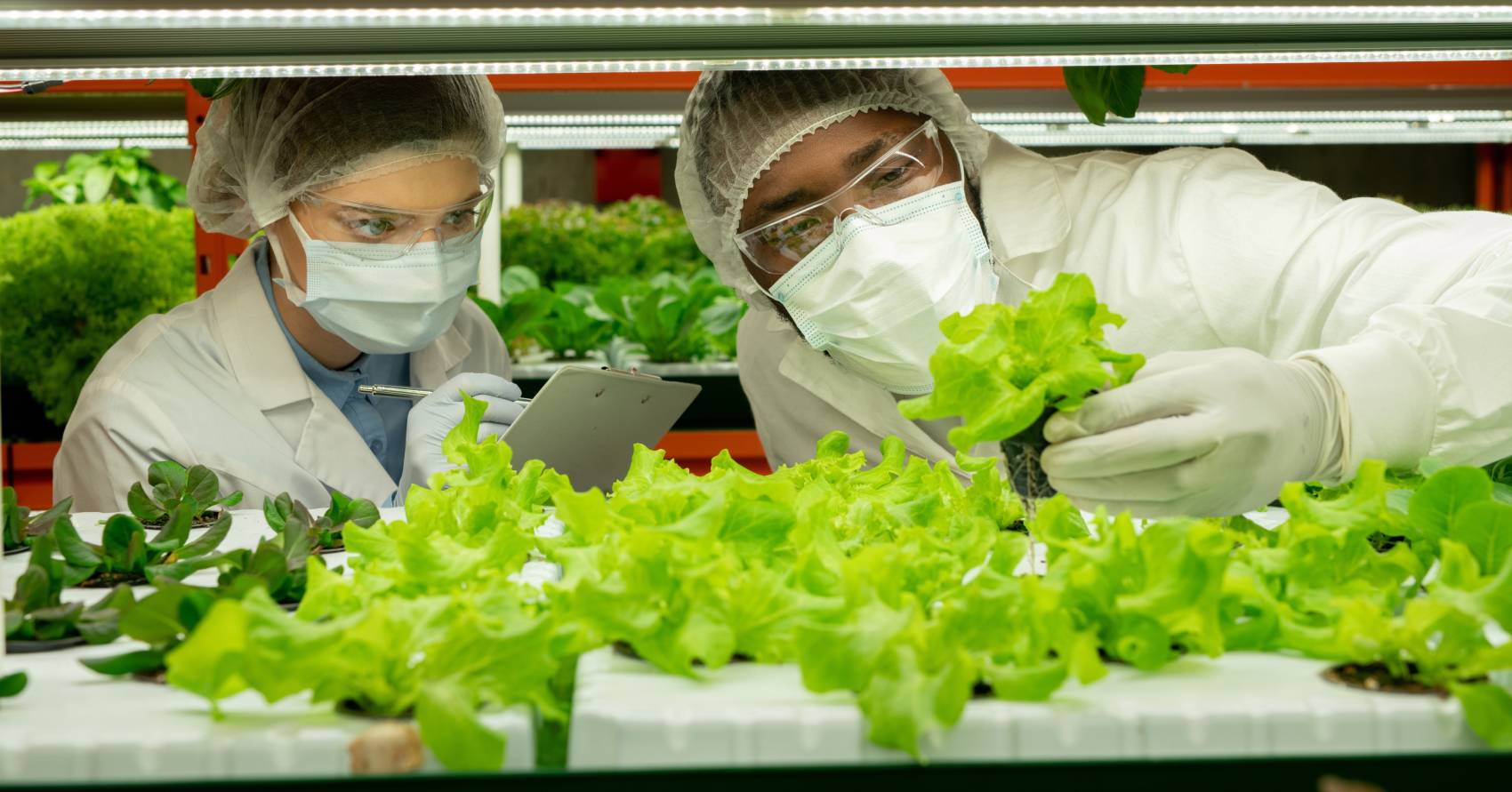An educated workforce is a strong workforce. Especially when we talk about food safety. The food industry is one of the most complex in the world. If you take some time to think about how many people are involved in the process from farm to fork, it will blow your mind. There is an immediate need for all people in the food industry to be trained in food safety. The problem arises when you begin building your training program. What do we train on? How long should we train? How much training is enough?
All these questions need to be considered and accounted for when building your training program specific to your site. Food safety professionals tend to have extensive knowledge and education in various topics but the workforce handling the products tend not to. In this article we will discuss training topics and methods you can use in your workplace to accomplish your food safety training objectives.
Up first is general training topics. These topics are more generic than specific and apply across the board in the food supply chain.
General Training Topics
GMP’s – GMP stands for Good Manufacturing Practices. It is essentially a list of standards that should be achieved to maintain a safe and sanitary food facility. Topics we feel you should cover when discussing GMPs are as follows: proper hand washing and sanitizing, proper glove, outer garment and protective wear handling, personal hygiene, illness and injury reporting and communicable diseases, effective wearing of hair restraints, jewelry policy, prohibited activities, eating, drinking and smoking. There are a lot more GMP’s that are foundational to success in food safety, however this will give your workforce a firm understanding on how they personally play a role in protecting the safety of the products. Pest Control – Pest control is a hot topic in the food industry. It is a smart approach to assure your staff are aware of how pests effect food safety and what they need to do to report any sightings. Some companies handle pest control in house. In cases like these, it will be important to have formal training programs in place. For example, handling poisonous bait may have regulatory requirements in some states. If a consumer comes across a bug in their food, I imagine they would not be happy. Educating your workforce in pests will serve you benefits in the long term.
Specific In the production of food, recipes and ingredients can vary, along with the processing of the commodity, each facility has equipment that may differ, therefore facilities apply the principles of food safety but customize the details to accommodate their specific needs, some of those programs are discussed below.
Specific training topics
Your commodity, process and plant are unique so you will have specific training needs, some of which will include:
HACCP
The 7 principles of Hazard Analysis and Critical Control Points are recognized globally. Specifics within the HACCthe critical control points and other methods used to manage, eliminate or control hazards are unique to your commodity, process and plant, therefore specific training will be required based on the biological hazards associated with each ingredient contained in your product, chemical hazards including allergens and drug residues associated to the ingredients in your food, and physical hazards associated with the process and environment.
FOOD DEFENSE
Your Food Defense Program defines the processes and controls you have in place to protect the food you are producing from intentional adulteration. Some examples of food defense controls would be security of the grounds and restricted access to food production areas, chemical inventory systems and less tangible programs such as ensuring the raw materials received meet your specifications for organic. More importantly, we feel that your work force needs to understand suspicious behavior and activity. Spend some time educating your team on why suspicious activity needs to be reported.
SANITATION AND ENVIRONMENTAL MONITORING PROGRAMS (EMP’s)
Your cleaning and sanitation team have a huge responsibility. To assure the plant and equipment are sanitary for the safe production of food. Train your team on the difference between cleaning and sanitizing and how to clean in the proper sequence. Teach your team how to identify hot spots and hard to reach areas. It will be in your benefit to teach them what a niche point is and how it can cause illness to consumers. The sanitation team should be aware of how you monitor their success through swabbing or inspection programs.
TRACEABILITY AND RECALL
This program will define who is responsible for each task in the event your product is recalled, this program also provides details regarding the tracking system in place to trace every ingredient and every food produced at your facility, including the product packaging. In the event your commodity requires a recall, what is the system to locate all your product within your facility, storage location, in transit or delivered to buyers.
INCOMING/ OUTGOING INSPECTIONS
Receiving and shipping inspections are critical stages in the process. Securing the transport of food is a major requirement in the Food Safety Modernization Act under the Sanitary Transport Rule. Receiving and shipping personnel need to understand what to look for and how they can support the food safety system. Things to remember are temperature control, sanitation, cross-contact, and maintenance of the environment during transport. The FDA offers an amazing training tool for personnel working with the Sanitary Transport Rule.
MAINTENANCE
Maintenance to equipment can create additional risks if mechanics are not professionally trained. They need to be aware of how repairs, work orders and preventative maintenance affect food safety. The maintenance team must be aware of food safety requirements after maintenance is performed. You can spend some time working and developing the team so they know they have your support.
ON HOLD & REJECTION
Out-of-specification products are no joke. The workforce should understand who is responsible for handling products in question, what the process looks like and who can release the products.
COMPLAINT HANDLING
Complaints are valuable and should be treated as such. People involved in taking, documenting, and investigating complaints need to understand the process and how complaints can contribute to an organization’s success.
WORK INSTRUCTIONS
Developing work instructions provides consistency within the system. Routinely reviewing these instructions with your team members will help reduce variation in your process.
As you can see, there is no lack of content when it comes to food safety training topics. So how do we manage who gets trained and when they are trained? Here are a few ideas to help you design a training schedule.
New hire training
It is imperative that the importance of food safety is a priority, and the organization is focused on producing safe wholesome foods. It is recommended that all new hires regardless of their capacity receive a general food safety awareness course such as GMP training immediately upon commencement of work at your facility. Depending upon the new hire’s role in the company and production process, additional training classes should be considered and administered.
Ongoing refresher training
Your food safety program should have a structured and scheduled training program in place for each department and each topic. For example, all associates should be aware of GMP’s; even the associates working in the front office. Whereas incoming and outgoing inspection training would be delivered to only the relevant staff members. It is important to re-train employees any time a change occurs that impacts food safety such as a change in the production process, new equipment, or a change in recipe. We have talked about training content but how do we train? Subject such as GMPs are trained to a broad audience within the organization whereas cleaning and sanitation is to a team within your organization versus work instructions which may be individual or just a small group of workers. Fortunately, the options for training are numerous and each has different benefits, lets take a closer look:
One on One training
When teaching a specific task, such as work instructions one proven effective method is Explain, Show, Do, Correct, Repeat. In this type of specific task training it is important to have a written procedure or process flow of the step by step instructions to complete the task successfully, the trainee should be provided with the procedure or process flow, start by explaining the importance of the task in the big picture of the workplace, and the impact of the task being performed, then read and explaining in words the steps of the task, then the instructor perform the task while explaining the steps as you perform them (now the trainee has heard the steps twice) ask the trainee to conduct the steps while you observe and correct them immediately if they are not being performed correctly, ask them to repeat the steps 2 more times. For complex tasks you should consider breaking the task into smaller sections and train on one section at a time until a level of proficiency is reached before moving to the next section of the task. In food safety many tasks have negative implications if not performed correctly so it is critical the trainee understand the overall impact of the task on the food and what to do in the event something goes wrong, what is the reporting process and the corrective action including documentation of what occurred.
Group training
Is a great opportunity to train many people at one time, keep in mind, this may not be the right training option for specific tasks, however it is a great option for broader training subjects impacting all employees like GMP training. Technology has provided training solutions such as Learning Management System (LMS) where associates can log in and do the instructional training and even take quizzes online to ensure comprehension. We find in the manufacturing and processing facilities the most popular training method is classroom style, bringing a shift of workers together to train all at one time. Typically use of a training video , slide presentation or flash cards may be used. Consideration to the language of the employees should be taken and if required training should be provided in each language.
We understand training for food safety compliance can be complex and measuring effectiveness can be challenging, Global Food Safety Consultants can support your onsite training needs and we partner with professional trainers Alchemy for food safety certification programs such as PCQI certifications – contact us today to review your needs and lets find a solution that works.
We have attached a fill in template schedule below:


Always remember to document the training given and ensure attendees sign the training form to acknowledge the training has been provided, don’t forget to provide training and training materials in the language of the employees.





